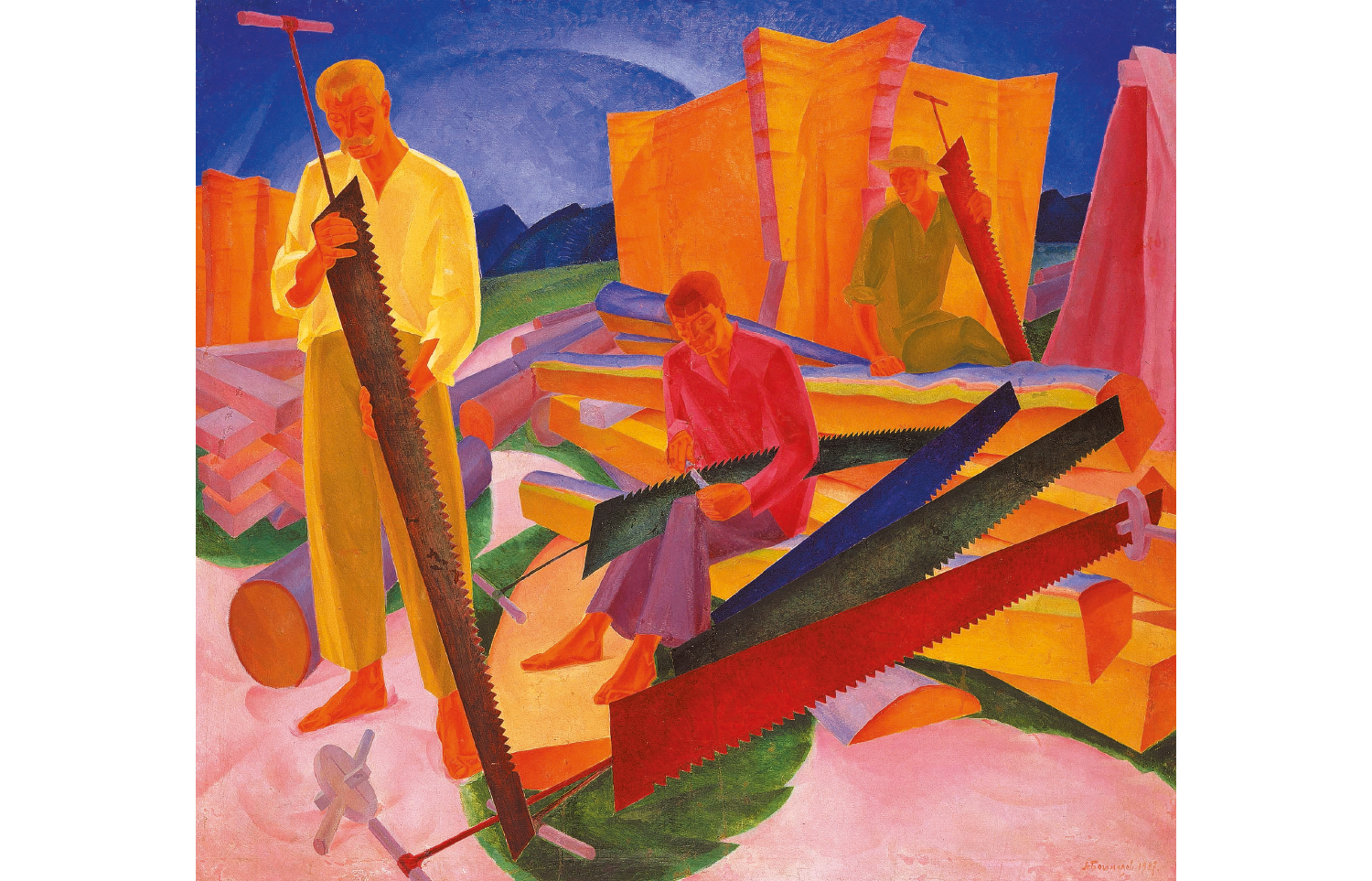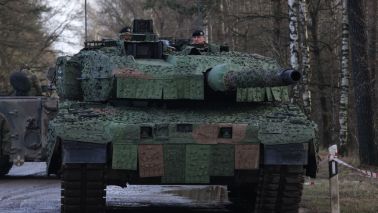In a recent interview Oleksandr Syrskyi, the new commander-in-chief of the Ukrainian army, said that he spends his time off reading books on the country’s ‘difficult history’. If even he finds it difficult, where do us non-Ukrainians start?
In the introduction to its new exhibition, the Royal Academy makes a brave attempt at explaining the political background to Ukrainian modernism, developed in a brief window of creative opportunity before it was slammed shut by Soviet repression. To western eyes, though, it’s not immediately clear what distinguishes the 70 works on show – the majority on loan from Ukraine’s National Art Museum and Museum of Theatre, Music and Cinema – from the ‘Russian avant-garde’ with which they tend to get lumped, and from which the show deliberately sets out to separate them. It doesn’t help that the artists whose names are familiar to us – Kazymyr Malevych (Ukrainian spellings are favoured), Sonia Delaunay, Alexandra Exter and Alexander Archipenko – were either not Ukrainian by birth or made their names elsewhere, in most cases both.
The joyless shadow of socialist realism can already be glimpsed falling across 1920s Ukrainian art
Malevych, born in Kyiv to Polish parents, moved to Moscow in 1904, returning in 1928 to teach at Kyiv Art Institute after his brand of formalist abstraction was denounced in Russia. The others decamped to Paris. Delaunay, born to Jewish parents in Odesa, left for the French capital in 1905, followed by Exter, born to a Greek mother and a Belarusian father in what is now the Polish city of Bialystok, then part of the Russian empire, in 1907 and Archipenko, born to Ukrainian parents in Kyiv, in 1908. So far, so complicated – and it doesn’t get simpler.
Delaunay and Archipenko settled in France, where Delaunay became part of the school of Paris; it was Exter, returning to Kyiv in 1914, who gave form to Ukrainian modernism by grafting the cubo-futurism she had learned in Paris onto the root stock of Ukrainian folk art.








Comments
Join the debate for just £1 a month
Be part of the conversation with other Spectator readers by getting your first three months for £3.
UNLOCK ACCESS Just £1 a monthAlready a subscriber? Log in